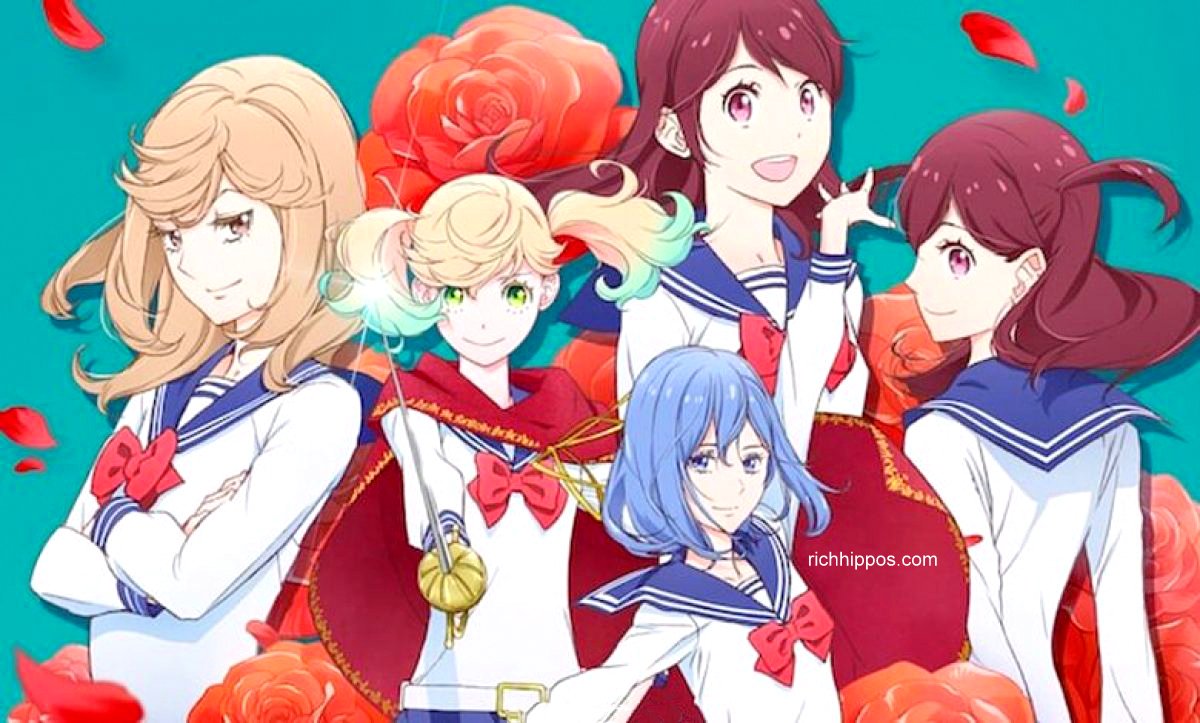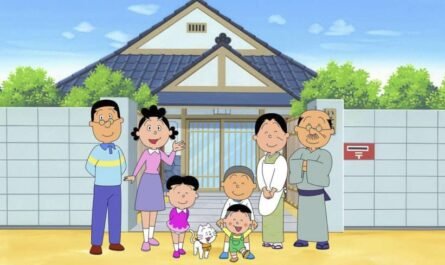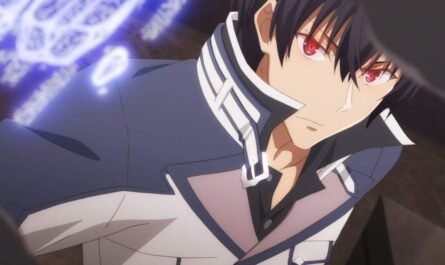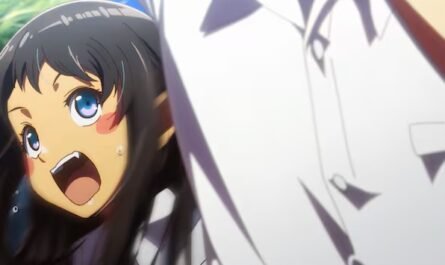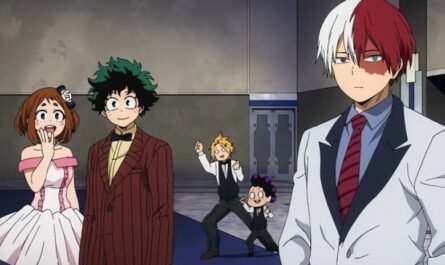An anime work that is strangely closely related to “Girls’ Opera” will be aired and released at the same time. “Kageki Shoujo !!”, which is scheduled to be broadcast in July 2021, and “Shoujo ☆ Kageki Revue Starlight,” whose movie version was released nationwide on June 4.
Both have the common feature that the girls who study and live at the school aiming for the stage are the main characters, and the Takarazuka Revue’s influence can be seen in the story and terms used everywhere. In this case, I cannot leave it as a reporter of Takarazuka Revue Research Institute 15 (in Takarazuka terminology, the 0th year of joining the group is called Ken 〇). I compared two works that have a common foundation called “opera”.
Girls aiming for “Kageki Shoujo” The anime “Kageki Shoujo !!” based on the comics serialized in “Jump Kai” and “MELODY” is set in Kansai and Hyogo prefectures, and has a history of 100 years. It is a Honghua opera school that trains members of the opera company. The main characters are Sarasa Watanabe (act: Ayaka Senbongi), a girl born in the Kabuki actor family, and Ai Narada (act: Yumiri Hanamori ), a former member of the top idol group JPX48.San) two people. A school ensemble drama of the 100th generation of the Red Flower Opera is drawn around them. The story begins when the two meet by chance during the entrance examination of the Honghua Opera School. The popular performances of the Takarazuka Revue are “The Rose of Versailles” and “Phantom”, a system that is divided into four groups and each group has a top star. The depictions of theaters and towns in the manga, such as strict hierarchical relationships and unique rules, faithfully trace the actual Takarazuka and surrounding cities, and Takarazuka fans can sympathize with “There is!”. Furthermore, in the red flower opera that the main characters long for, there are top stars like Takarazuka, and if you are familiar with Takarazuka, you will be impressed that “that person is a model”. Stars will also appear. However, unlike the Takarazuka Music School, the uniform of the Honghua Opera School under construction is a sailor suit style, and the color of a student who is isolated from the world is diluted. It is a group image drama of girls who aim to be a red flower maiden, but it is a mechanism that invites various sympathies of readers by incorporating events in adjacent culture such as gorgeous shows, stages, and idols that girls long for. Underlying is a drama of a girl who makes youth only once in “opera” like sports and music, and adults who watch over it. How will it be drawn in anime?

Compare “Kageki Shoujo !!” and “Review Starlight”
The history of “Shoujo ☆ Kageki Revue Starlight” dates back to 2017. From the beginning, it started as a project that develops in a complex manner with animation and stage, the stage version has already been premiered in 2017, then TV animation will be aired in 2018, and a new scene will be added to the animation version in 2020. In addition, the first movie version “Girl ☆ Opera Review Starlight Rondo Rondo Rondo” is being screened as a “reproduction omnibus”. The second movie version released on June 4, 2009, will be a completely new movie version with a new episode. The stage is Seisho Music Academy, which has a history of 100 years, and the main cast is nine girls out of the 99th grade enrolled in the actor training department of the school. Among these nine main casts called “Kyukyugumi”, the two who influence the story are the childhood friends of Hana Koi Aishiro (acting: Momoyo Koyama) and Hikari Kagura (acting: Suzuko Mimori). The gears start to rotate when Hikari moves into the Seisho Music Academy from a prestigious school in England. This area is similar to “Kageki Shoujo !!”, where the story begins with the accidental encounter between Sara Watanabe and Ai Narada. However, the world view of this work is multi-layered and has many mysteries, as if it were a work like “Glass Mask” or “Arabesque”. Suddenly, nine girls participate in a battle called “Audition” and fight for the position of “Top Star” in “Review”. Furthermore, in the stage version and localized version, a battle royale is developed in which even students from other schools participate in the war, and the emotional conflict between the girls revealed there is also a highlight. Two childhood friends, Hana Koi Aishiro (act: Momoyo Koyama ) and Hikari Kagura (act: Suzuko Mimori ). The gears start to rotate when Hikari moves into the Seisho Music Academy from a prestigious school in England. This area is similar to “Kageki Shoujo !!”, where the story begins with the accidental encounter between Sara Watanabe and Ai Narada. However, the world view of this work is multi-layered and has many mysteries, as if it were a work like “Glass Mask” or “Arabesque”. Suddenly, nine girls participate in a battle called “Audition” and fight for the position of “Top Star” in “Review”. Furthermore, in the stage version and comicalized version, a battle royale is developed in which even students from other schools participate in the war, and the emotional conflict between the girls revealed there is also a highlight.
“Review Starlight” is also attractive on stage
In the first place, “Starlight” was originally the title of a play performed by 99th generation students at the school festival “Sacred Sho Festival” every year, but the synopsis of the girls’ tragic love and the ancient Greek-style outfit are only occasionally projected. , There are few concrete theater scenes in this work. In the battle of girls named “Review”, it begins to have a completely different meaning with the line “Starlight!”. Unlike “Kageki Shoujo !!”, which depicts the conflict of people in the rehearsal scene of the play in the original comic, it seems that they are trying to attract the viewer’s interest by not revealing the whole picture. The video expression is also surreal, and what is Tokyo Tower that suddenly appears and declares an audition “Kirin” (voice actor is Kenjiro Tsuda), and the girls’ past, present, and frequent appearances in the review scene? Whether it means it or not, the mystery held by fans deepens. And it is not clear what they will get if they become “top stars”, which is also the core of this work, and what the heights they are aiming for. The interpretation of the mysterious worldview is left to each viewer. Both “Top Star” and “Review” are familiar words in girls’ opera such as Takarazuka, but they attract fans with their unique world view while using those cultures as motifs. Not only the anime but also the stage can not be overlooked in “Review Starlight”, and the voice actor cast of the animation has consistently appeared in the stage version. This is a musical format and has a live part, and as the animation, there is also a sword fight in the battle of “Review”, and the degree of perfection as a 2.5-dimensional stage is high. Nine of the main cast have gained experience by playing the same character in the stage version. The mystery that fans have deepens as to what the Tokyo Tower means when ( Kenjiro Tsuda ) appears and the girls’ past, present, and frequent appearances in the review scene. And it is not clear what they will get if they become “top stars”, which is also the core of this work, and what the heights they are aiming for. The interpretation of the mysterious worldview is left to each viewer. Both “Top Star” and “Review” are familiar words in girls’ opera such as Takarazuka, but they attract fans with their unique world view while using those cultures as motifs. Not only the anime but also the stage can not be overlooked in “Review Starlight”, and the voice actor cast of the animation has consistently appeared in the stage version. This is a musical format and has a live part, and as the animation, there is also a sword fight in the battle of “Review”, and the degree of perfection as a 2.5-dimensional stage is high. Nine of the main cast have gained experience by playing the same character in the stage version.
In both cases, Takarazuka related staff participated in the production.
The fact that the “100th term” (“Kageki Shoujo !!”) and “99th term” (“Review Starlight”) are close to each other may be due to Takarazuka’s influence. The Takarazuka Revue, which was founded in 1914, celebrated its 100th anniversary in 2014 and was widely featured in the entertainment world. Since then, the audience has been mobilized until it was hit by the spread of corona infection. In addition, the staff who were involved in the performance production in Takarazuka participated in both cases, and the stage “Review Starlight” was directed by Akiko Kodama, a director who was enrolled in Takarazuka from 1997 to 2013. Mr. Tsuneyoshi Saito, who is in charge of music for “Kageki Shoujo !!”, also has experience in providing music at Takarazuka’s performance. “Shojo Kageki”, which is composed only of women, has a unique system as represented by Takarazuka Revue and Takarazuka Music School, although it is intertwined with other theater genres, and it is also a culture in itself. This time, I’ve only touched on a part of the whole work, but there is also a way to enjoy taking a closer look at the relationship between the styles of “Kageki Shoujo !!” and “Review Starlight” and the theater culture. (Takashi Omiya, J-CAST News Editorial Department).

